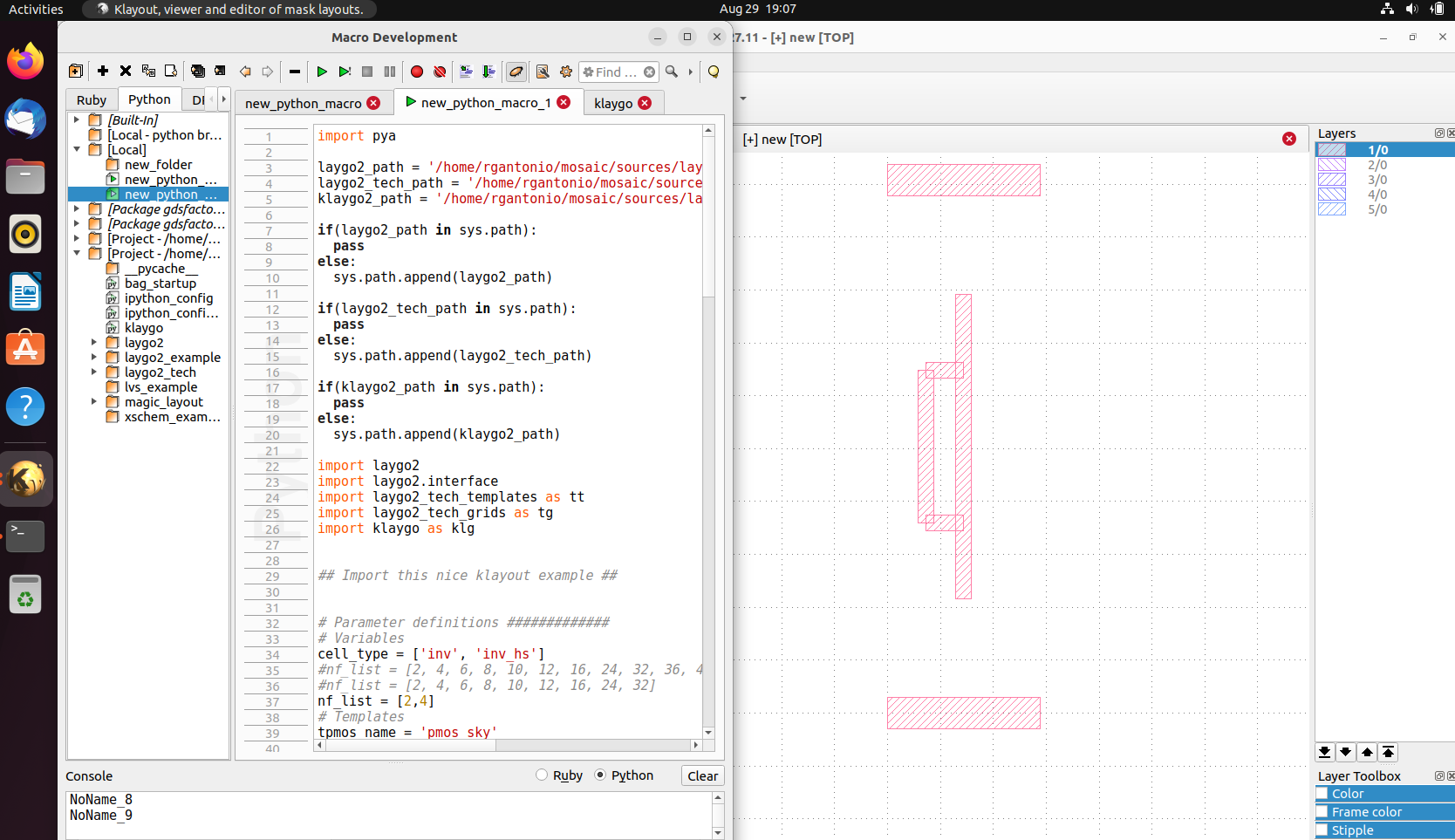

Lotus flowers, embellished half-moon shapes, and a pattern known as “Solomon’s knot” are all features of the floor mosaics. The largest panel includes flowers framed by geometric guilloché banding, a decorative motif that employs complex, intertwining lines. The mosaics are decorative panels comprised of thousands of small colored and black and white tiles set into a floor of larger red pieces. “We are committed to celebrating the heritage of all of our regeneration sites, so it’s brilliant that we’ve been able to unearth a beautiful and culturally-important specimen in central London that will be now preserved so that it can be enjoyed by generations to come,” Nowne added in MOLA’s press release. Henrietta Nowne, senior development Manager at U+I, a real estate development firm working to build the site in cooperation with Transport for London (TfL), said that “the Liberty of Southwark site has a rich history, but we never expected a find on this scale or significance.” Location of the Liberty of Southwark site in Roman London (detail) (© MOLA reproduced with permission from Ordnance Survey) The mosaics are thought to be part of residences built between 72 and 160 CE as part of the Roman city of Londinium, founded around 50 CE following the Roman invasion of Britain led by Emperor Claudius. As a detailed timeline shows, the site has been subject to British rule and development since 1107 CE, but it was previously an outpost at the fringes of the Roman Empire. Unearthed by archaeologists from the Museum of London Archaeology (MOLA), the well-preserved mosaic is the largest to be found in London in half a century. This week, in what is being hailed as “a once-in-a-lifetime find,” a nearly complete Roman floor mosaic was discovered during a planning excavation for the construction of the Liberty of Southwark - a forthcoming mixed-use residential and cultural district in the oldest area of London. We all muddle through life with the dim awareness that our daily goings and doings are preceded by thousands of years of human activity, but it is only rarely that we encounter tangible evidence of this ancient history. Often, students in school will study Roman art then create a mosaic.MOLA archaeologists at work on the mosaic unearthed in Southwark (all images ©MOLA and Andy Chopping courtesy MOLA) The plural of tessera is tesserae which are still in existence today and used to create modern day mosaics as well as copies of Ancient Roman mosaics. The specific materials used were marble and limestone which is what The Alexander Mosaic was composed of. Tessera is an individual tile that was generally in the shape of a square and cut from larger pieces of stone to help Ancient Roman artists create mosaics. This combination of materials made for Roman mosaics consisting mostly of earth tones. Others were made of plaster, small colored pebbles, and on rare occasions they were even made utilizing silver or gold. The majority were made of colored glass that appeared in different shades depending upon the way the light shown through it.

Most Roman mosaics have fairly limited color palettes because of the materials that were available at the time. The remainder of the mosaic consists of the armies on both sides. The brother of Darius is depicted famously sacrificing himself in an attempt to save the king. Darius is shown riding a chariot and commanding his army to flee from the battle. The first is Alexander whose breastplate and shield feature detailed designs such as Medusa. There are a few main components of this Roman mosaic. The Alexander Mosaic measures just under 9 feet by just under 17 feet. The mosaic was discovered on a floor in the ruins of Pompeii in 1831 and is considered to be one of the most detailed of the time. Both figures are highly recognizable even today. It is arguably the most famous of all Roman mosaics and it depicts the famous battle between Alexander the Great and Darius III. The Alexander MosaicĬirca 100 B.C.E., this Roman mosaic is a floor mosaic that is currently stored in Naples on a wall at the National Archeological Museum. However, other artists created smaller scale Roman mosaics to decorate their homes. Most Roman mosaics were designed to be large-scale installations on floors, walls, and ceilings within palaces or homes. These highly detailed mosaics consisted of geometric shapes that formed large geometric patterns to represent a historical or mythological person or scene. Roman mosaics are detailed pieces of art that were originally made by artists in Ancient Rome generally to represent a famous scene from mythology.


 0 kommentar(er)
0 kommentar(er)
